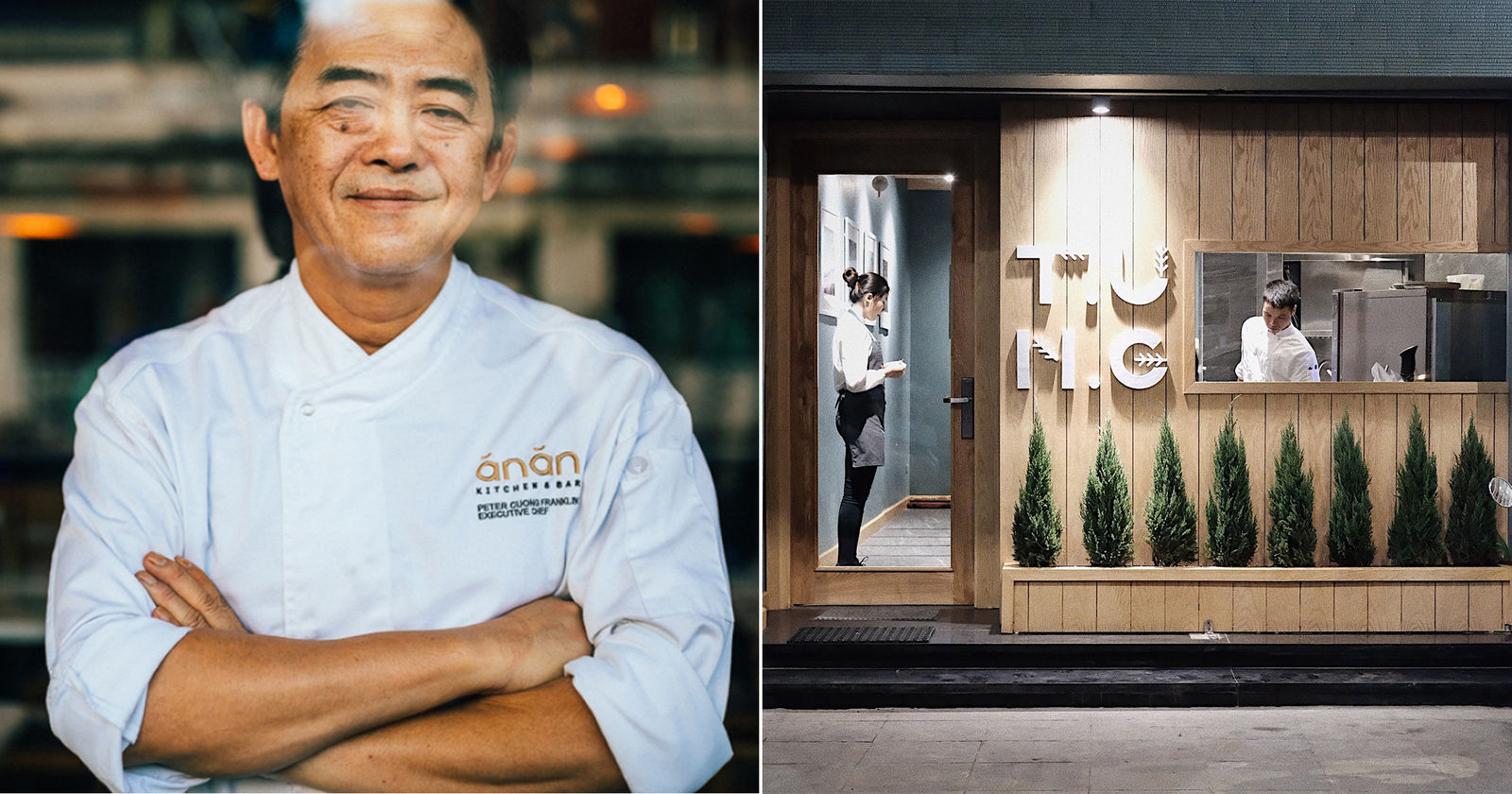The popular raw pork snack contains a natural bacteria that kills other bacteria which could help reduce global food waste and protect lives.
During a trip to Vietnam, researchers from RMIT Melbourne grew curious about how locals could eat nem chua, a raw pork item, without getting sick, despite the hot, humid conditions. When they studied the familiar food, they found it contained Lactiplantibacillus plantarum B21AG, a lactic acid bacterium that can produce bacteriocins, a class of compound synthesized by bacteria to kill other bacteria. They subsequently sequenced the genome of the bacteriocin-producing bacterium and published it.
The newly discovered bateriocin is called plantacyclin B21AG, and if used as a food preservative, it could have profound effects on limiting global food waste, as food could be kept longer and in less-stable conditions. Food waste costs industrialized economies approximately US$680 billion per year, while consuming almost a quarter of agricultural water and producing 8% of global greenhouse emissions. Meanwhile, food-borne diseases such as listeria and salmonella infections put millions of lives at risk.
Nem chua is a traditional snack made from pulverized raw pork that's fermented. The pork paste is mixed with spices, including thính, a powder made of roasted rice; and then wrapped in fruit leaves before being tightly covered in banana leaves.
Bacteriocins are nothing new to scientists. Professor Oliver Jones, Associate Dean of Biosciences and Food Technology at RMIT, explains: “Scientists have known about these bacteria-killing compounds for many years but the challenge is to produce them in large enough quantities to be used by the food industry."
Until now, the bacteriocins that have been discovered are fragile and can often only combat one or two types of harmful bacteria. Plantacyclin B21AG, by contrast, can withstand all extremes found in food processing environments. It can survive both high and low pH levels and even be heated to 90°C for 20 minutes. Moreover, they are able to kill a wide range of harmful bacteria.
More study is needed to determine if the compound could be used as a natural preservative to prevent food spoilage and illness. "Through this new research, we’ve identified the right growth conditions that would enable us to make it in large amounts, potentially at industrial scales. With further development, we hope this could be an effective, safe and all-natural solution for both food waste and food-borne disease," says Jones.
[Photo via Bánh cuốn Tây Sơn]














